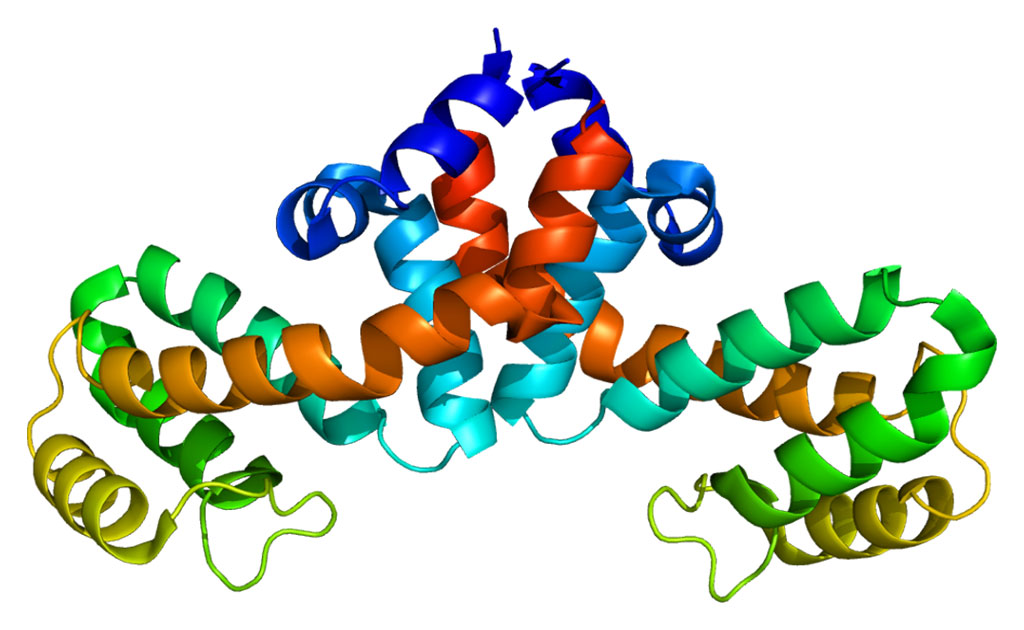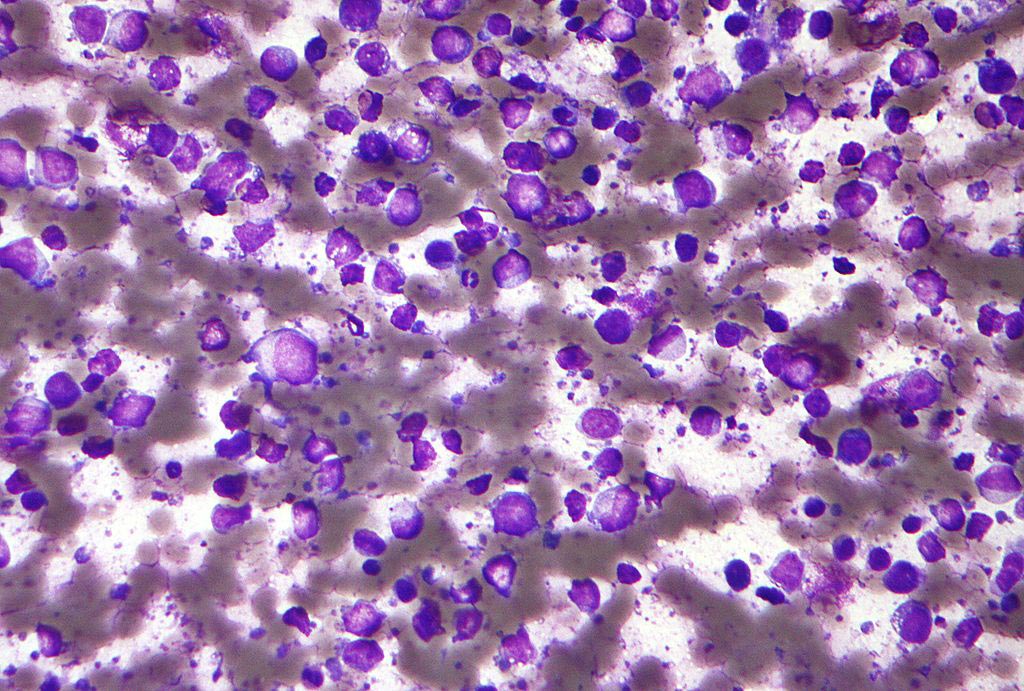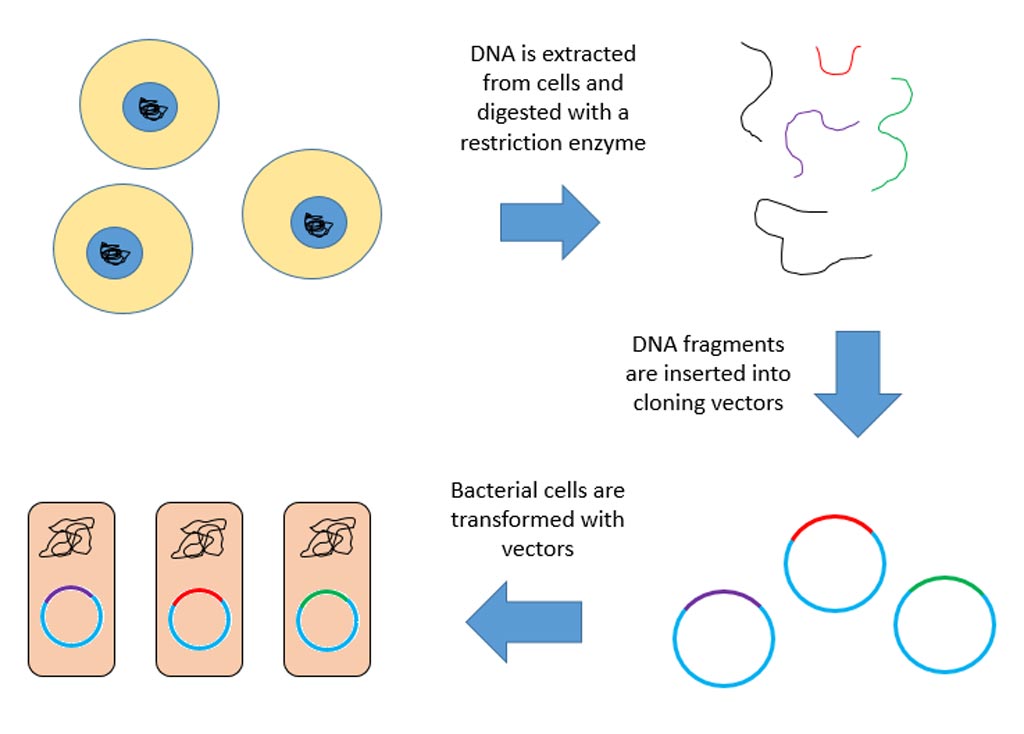Novel Hybrid Drug Effectively Corrects Metabolic Syndrome in Mouse Model
By LabMedica International staff writers
Posted on 03 Dec 2012
An innovative hybrid drug consisting of a glucagon-like peptide-1 (GLP-1)-estrogen conjugate was shown to be better than the individual hormones alone in correcting obesity, hyperglycemia, and dyslipidemia in a mouse model of human metabolic syndrome. Posted on 03 Dec 2012
Metabolic syndrome is characterized by obesity and related factors such as hypertension, elevated triglycerides, hyperglycemia, and low levels of high-density lipoprotein (HDL) cholesterol. It has been estimated that nearly 20% of adults worldwide suffer from full or partial metabolic syndrome, and that these individuals are three times as likely to have a heart attack or stroke and five times as likely to develop adult-onset diabetes, as are those without the syndrome.
Investigators at Indiana University (Bloomington, USA) developed an innovative hybrid drug with a dual effect on metabolic syndrome. The drug combines GLP-1, a peptide hormone from the digestive system, and the female hormone estrogen. While GLP-1 is a potent antihyperglycemic hormone, inducing glucose-dependent stimulation of insulin secretion while suppressing glucagon secretion, it has a half-life of less than two minutes in circulation, due to its rapid degradation by the enzyme dipeptidyl peptidase-4. The new drug conjugate relies on GLP-1 to target estrogen to the hypothalamus and pancreas, which are involved with metabolic processes. Targeted delivery greatly reduces the likelihood of side effects such as cancer and stroke from the estrogen.
The drug was tested in a mouse metabolic syndrome model. Results published in the November 11, 2012, online edition of the journal Nature Medicine revealed that it was more effective in producing weight loss and other beneficial results than was either compound on its own. Furthermore, the conjugate produced fewer adverse effects, such as precancerous tissue growth.
"We find that combining the hormones as a single molecule dramatically enhanced their efficacy and their safety," said senior author Dr. Richard DiMarchi, professor of chemistry at Indiana University. "The combination improves the ability to lower body weight and the ability to manage glucose, and it does so without showing the hallmark toxicities associated with estrogen."
Related Links:
Indiana University








 (3) (1).png)





